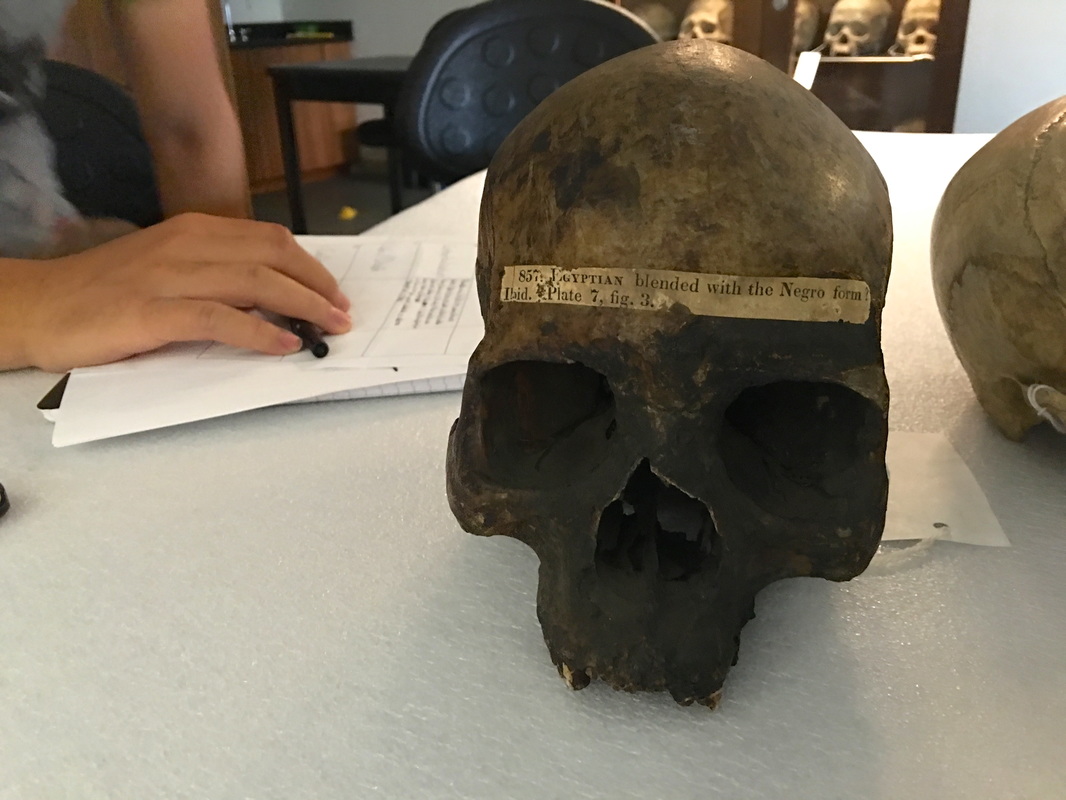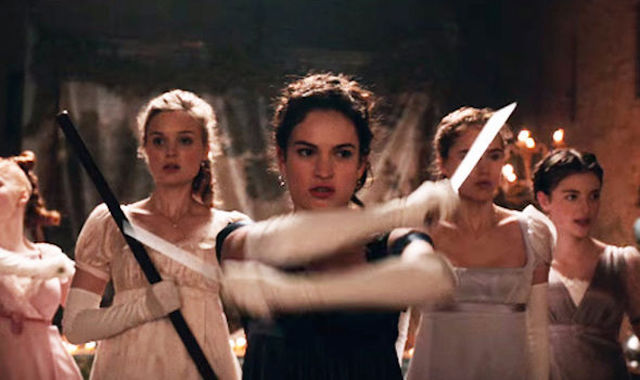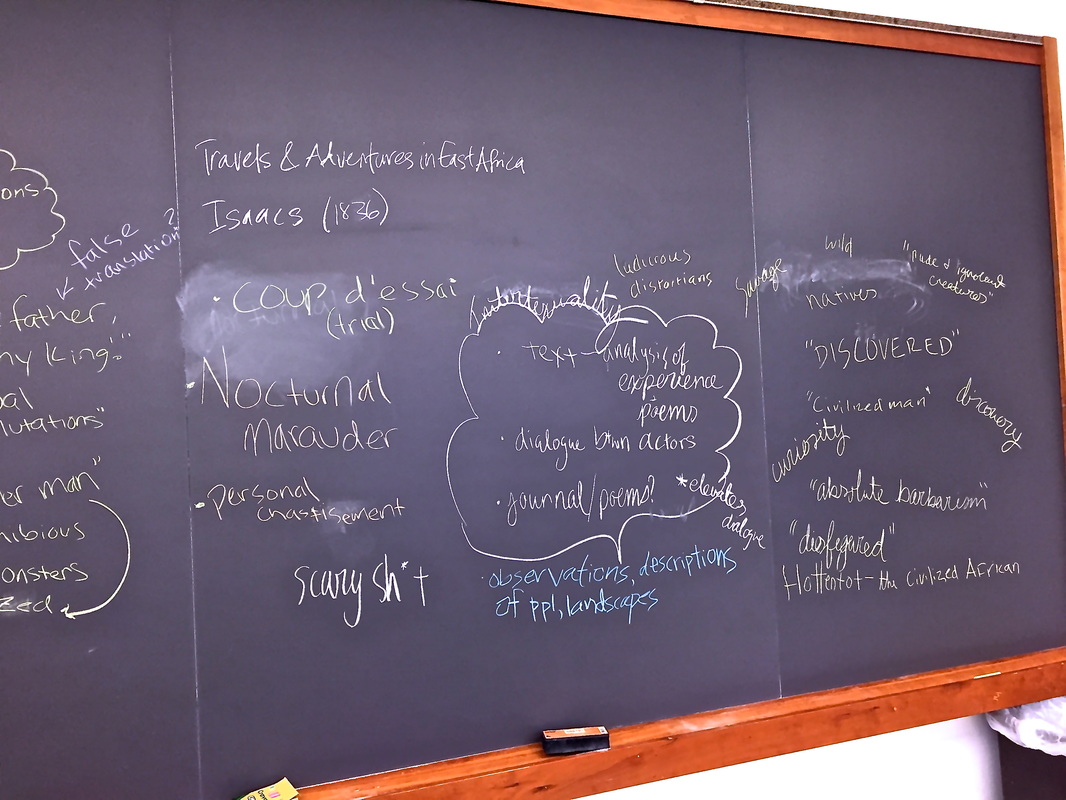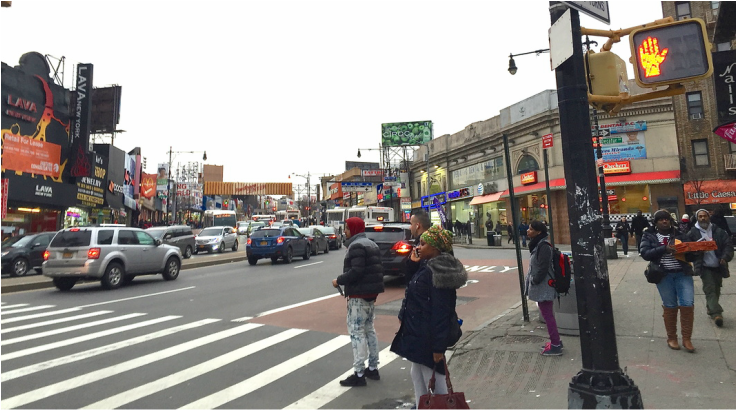Speaking Without Vocalizing...Where to go?

Ordinarily, I would've felt pretty lame about it, but then I also noticed another person angling back and forth between the signs/words printed on doors 1 and 2, with a look of confusion similar to my own. I turned to ask him where if he was on the same flight as me. When he didn't vocalize in reply, but instead used a variety of Sign Language, and gestured to show me a message he'd typed in English into the Notes feature on his iPhone, I realized that not only was he from my same flight, but that he was also Deaf.
It also dawned on me that this same guy had earlier just been at the Passport Control desk adjacent to me in line, when we had thanked the UK Border Force officer with by gesturing his hand away from in mouth in a sign I recognized as "thank you." Now that we both stood in the airport between doors 1 and 2, the task became about how we would both get to our next flight, as both of us were heading stateside. My new friend tapped his wrist, as if pointing to the time, and indicated that we had only a short while before our next flight. Uh oh. With only limited time, how would we communicate to solve our problem?




 RSS Feed
RSS Feed